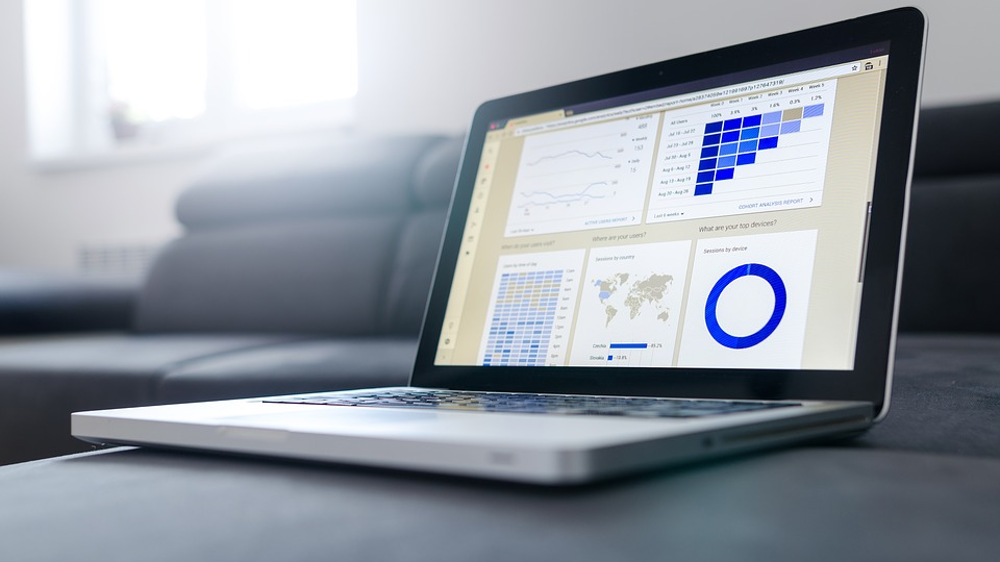
In an effort to give businesses a boost following the pandemic-related blues, the Federal Government has implemented a package of relief measures to let businesses to claim an immediate deduction for the full cost of eligible assets.
In the 2020/21 Budget, the Government announced amendments to allow businesses with an aggregated turnover of less than $5 billion to access a new temporary full expensing of eligible depreciating assets until 30 June 2022. In the 2021/22 Federal Budget, the Government has announced that temporary full expensing will be extended by 12 months to allow eligible businesses with aggregated annual turnover of less than $5 billion to deduct the full cost of eligible depreciable assets of any value, acquired from 7:30pm AEDT on 6 October 2020 and first used or installed ready for use by 30 June 2023. All other elements of temporary full expensing will remain unchanged, including the alternative eligibility test based on total income, which will continue to be available to businesses.
As part of the response to the widespread economic impact of COVID-19, the Federal Government announced in the 2020-21 Budget that it will allow a deduction for the full cost of certain depreciating assets acquired and used by eligible businesses. This measure, known as ‘temporary full expensing’, was originally announced to apply to eligible assets acquired from 7.30pm AEDT on 6 October 2020 (2020 Budget time) and first used or installed by 30 June 2022. In the 2021-22 Budget, the Government announced it would extend this for an additional year to 30 June 2023.
Temporary full expensing of the cost of depreciating assets is intended to ‘supercharge’ previous capital allowance concessions by extending access to larger businesses and eliminating the cap on the cost of eligible assets. Businesses that were not eligible for the previous concessions may now be entitled to write off the cost of eligible assets under the new concession.
There are some limitations on entities that can access the concession and the types of assets that are eligible, and this will depend on the size of the business seeking to claim the concession. For example, businesses with annual aggregated turnover of less than A$50 million will be able to claim the cost of second-hand assets, whilst larger businesses will generally not.
Following amendments passed by Parliament on 10 December 2020, businesses also now have the option to opt out of this measure on an asset-by-asset basis. Businesses which opt out or are ineligible to claim the temporary full expensing concession for certain assets may still be eligible for other concessions including the original ‘instant-asset write-off’ concession and the backing business investment accelerated depreciation measure.
The temporary full expensing concession for capital investment is intended to stimulate investment in certain capital assets to maintain jobs and economic activity.
There are a number of issues that businesses should consider before claiming deductions under this measure and/or making significant investments. The ability to opt out of these measures, coupled with the interactions with the tax consolidation rules and the balancing adjustment for assets not used or located in Australia means that taxpayers need to not only consider their immediate plans for the use of the asset but also future plans for the asset when deciding whether to claim the upfront deduction.
The additional one year for assets to be acquired and installed ready for use that was announced in the 2021-22 Budget is a welcome move as it gives businesses additional time to plan for, purchase, and take delivery of depreciating assets. This has been an issue of concern for some businesses considering an investment in depreciating assets which have long lead times from purchase to installation and use.
What can the Temporary Full Expensing of Capital Assets be used for?
Between temporary full expensing, the instant asset write-off and backing business investment initiatives, there are a number of depreciation methods available. Eligible assets are items that have a limited life expectancy and will depreciate in value over the time they are used. For example, tools, equipment, computers, laptops, tablets, office equipment and motor vehicles.
To work out which depreciation method is right for your circumstances, see the ATO’s high level snapshot of each of these methods and speak to your accountant or tax professional. If you are consider to spend on your business systems, please call 02 9878 7111 to tall to our consultants.
To find out more information about temporary full expensing visit the ATO website .

